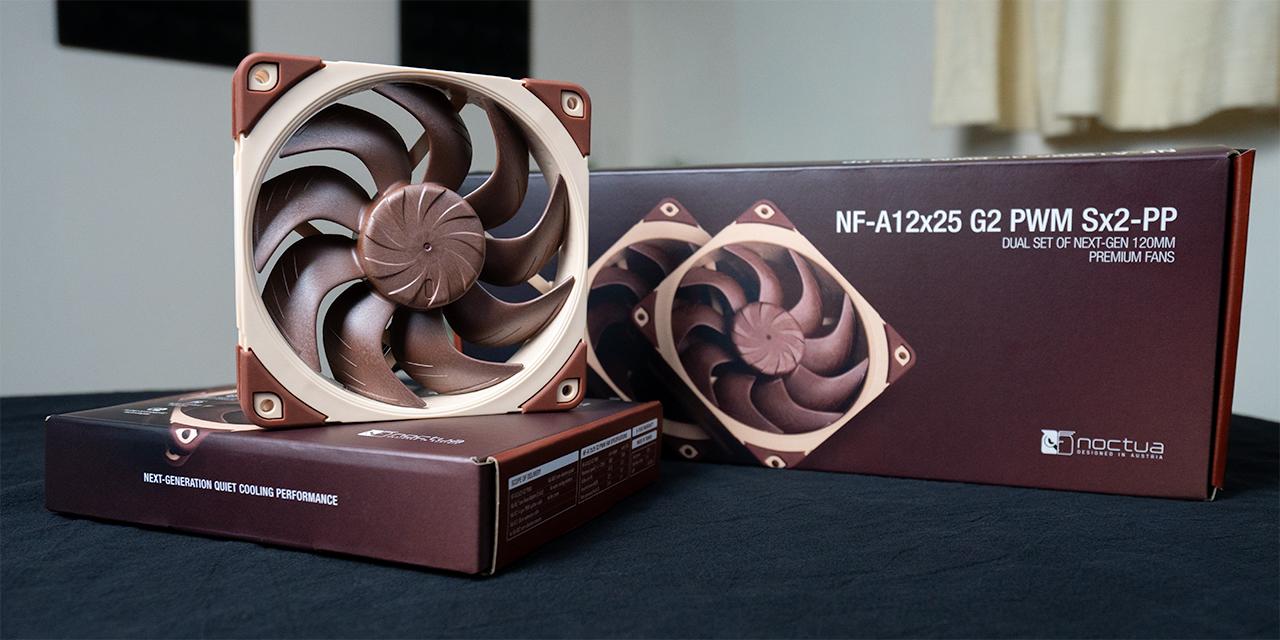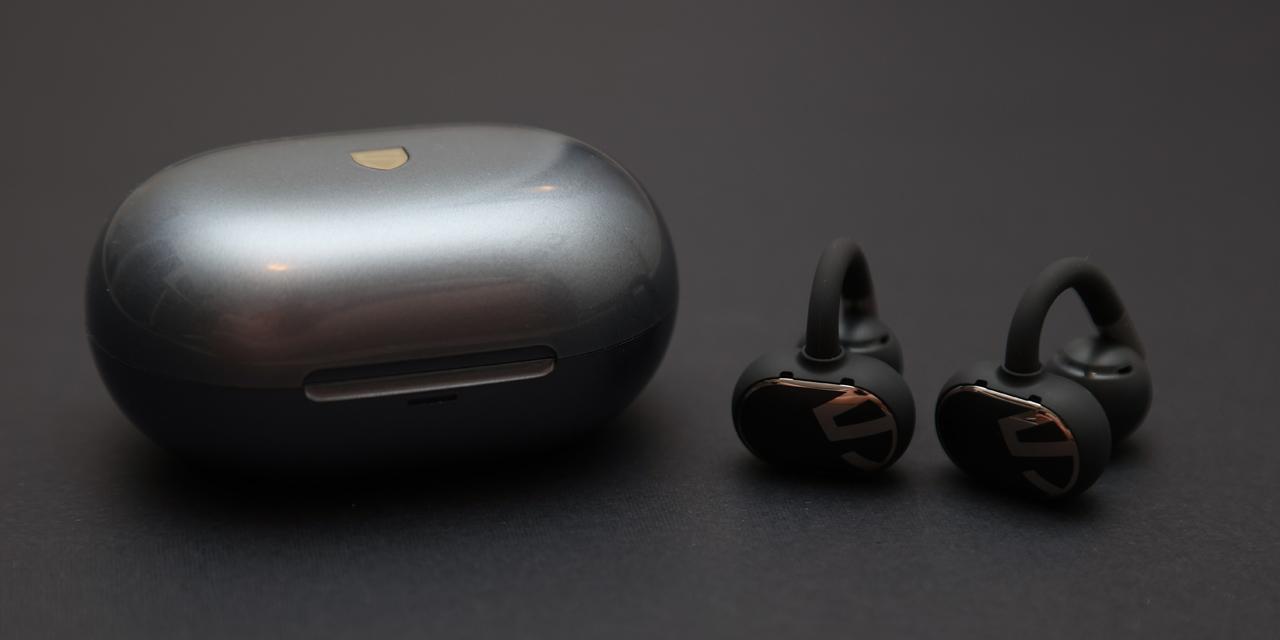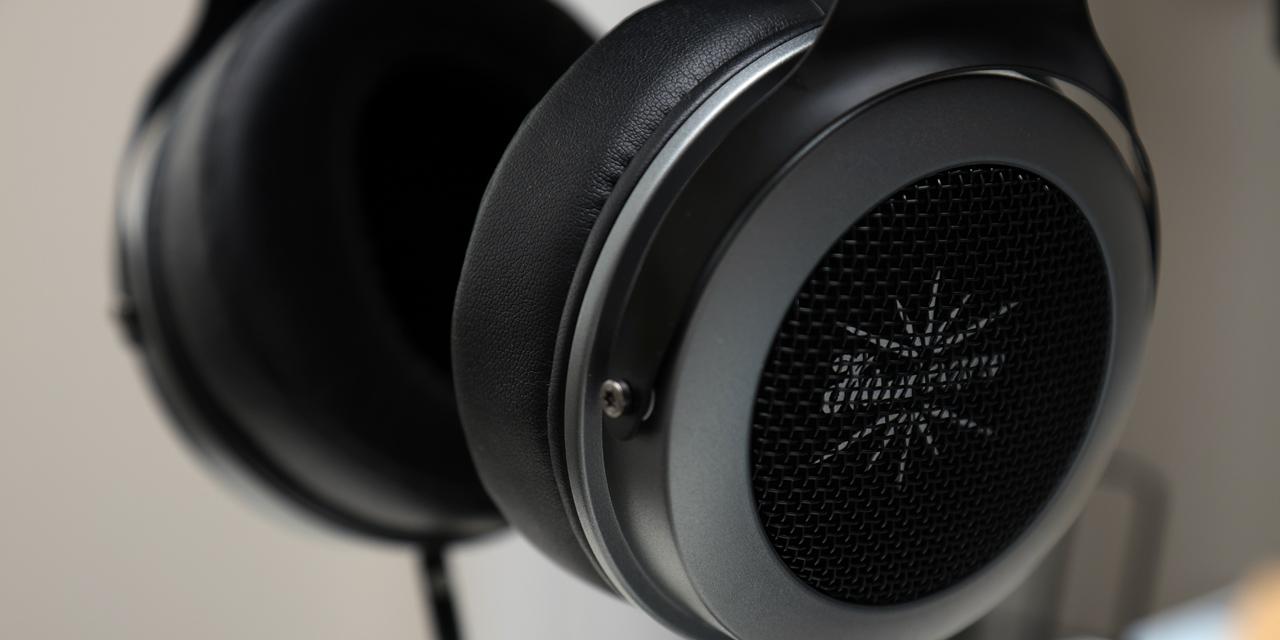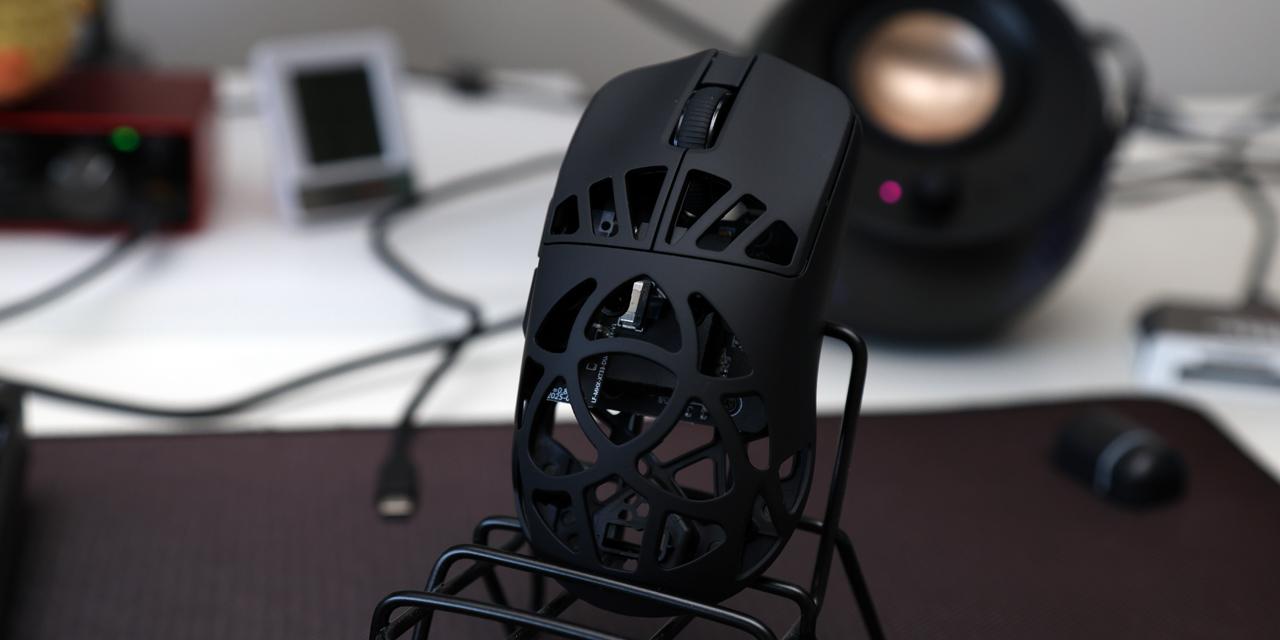Page 3 - Subjective Audio Analysis

Reviewing audio devices requires highly trained ears, extensive experience, and sufficient technical knowledge. Even for the experienced evaluator, it may be difficult at times to accurately evaluate a product without using a reference product that they are thoroughly familiar with. Furthermore, the effects of false advertising and placebo may influence inexperienced listeners to be biased in their write-ups. While I am not going to even try to claim that I am the only trustworthy or best evaluator for sound, it is true that most audio equipment review sites have editors who are insufficiently trained. Any device they evaluate always tends towards the same "good bass, nice midrange, awesome treble, really clear sound, 10/10". While there are many knowledgeable audio reviewers at various respected online media outlets, they are by far the minority.
When it comes to audio devices, there are really no true objective measurements for sound quality. As the evaluator, I will put it through a series of subjective tests to try to come up with the most objective rating possible. Yes, it sounds like a paradox. All audio tests were performed using songs from Spotify with audio streaming quality set to Very High. The earbuds have well over 24 hours of burn-in, and were connected to my Pixel 7 through Bluetooth 5.2 on AAC for the test. Even though the PearlClip Pro supports up to 5.4, I am limited to 5.2 due to the Pixel 7's hardware.
Starting in the bass range, this is the PearlClip Pro's greatest weakness in terms of sound. The rumble of the sub-bass frequencies is almost not felt at all. Moving upwards, kick drums are weak and sound more like a pop rather than a kick. Similarly, bass guitars are a bit weak as well, which would negatively affect songs that rely on bass lines to create energy and fullness. A lot of the weakness in the bass range can be attributed to the open-ear design, but even when I push the earbuds in towards my ear canal to mimic in-ear earbuds, the bass is still a bit weak. The Dynamic EQ option in the software does add a large boost to the bass range, but it creates a more hollow-sounding bass rather than a solid one.
The midrange is a lot better. The fundamental frequencies and harmonics in this range are saturated and give instruments their fullness. The warmth and brightness of brass instruments are captured well. The unique sound of the wood used to make string instruments such as violins and pianos can be heard. Although vocals are full and resonant, they sound slightly muffled. I think this muffleness is due to the earbuds not being able to directly angle the driver part into my ear canal.
The PearlClip Pro shines the most in the treble range. The sparkle of cymbals is well captured, and their sound is crisp and bright. Similarly, the attack of clap sounds is crisp and snappy. High notes of string instruments have the right amount of sharpness without being piercing. Vocals are able to maintain their brightness with sibilance well-controlled. Overall, the earbuds are able to emphasize the treble range without causing it to be piercing or uncomfortable.
The soundstage has a good amount of depth and width to it, while the imaging of the instruments is accurate. Instruments played in different frequency ranges are well separated, but when they occupy the same range, the sound starts to fuse together. In the usually crowded midrange, the loudest instrument will be heard clearly, but the slightly quieter ones will blend to create a muddied sound. This causes the musicality of the PearlClip Pro to be a mix. For orchestral music that does not have a lot of different instrument sections fighting for the same frequencies, the experience is quite enjoyable due to the depth and width of the soundstage. However, the musicality suffers in pop music where there are guitars, pianos, and vocals all occupying the same frequencies. The slightly muffled vocals also further degrade the experience.
Being open earbuds, the PearlClip Pro does leak some sound into the environment. At 50% volume, the leakage is very little and almost not noticeable. At 70%, it can be heard more clearly, but would likely be drowned out if there are other sounds in the surroundings. As for distortion, I was unable to detect any even at 100% volume.
In the first audio clip, I was sitting in my car, where it was quite quiet. Since there was not much noise, I spoke at a lower volume, which the earbuds picked up clearly. In the second clip, I was walking outside. The ambient sound was heard at the beginning, but as soon as I started talking, the noise was eliminated. Finally, in the third clip, I played a video simulating the noise in a coffee shop. Since it was a bit loud, I naturally spoke at a higher volume. While the earbuds were very good at cancelling the noise, my louder speech caused the recorded audio to sound quite harsh.
The manufacturer states the earbuds have a playtime of 6h. During my testing, I turned the volume to 50% on AAC audio codec and got a playtime of 5.5 hours, which is quite close to the rated figure. With the case, the playtime is said to increase to 18 hours. According to the manufacturer, the earbuds take 0.53 hours to charge, while the case takes 1.77 hours. The case is rated to have 2 hour playtime for every 10 minutes of charging. The manufacturer does not provide a maximum Bluetooth range, but during my testing, I was able to get up to an incredible 100m with line of sight. When gaming, I felt about a quarter of a second of latency, but once I turned on game mode, I was no longer able to detect any lag.
Page Index
1. Introduction, Packaging, Specifications
2. Physical Look - Hardware and Software
3. Subjective Audio Analysis
4. Conclusion





